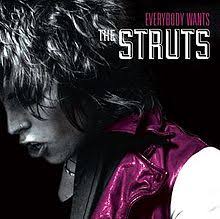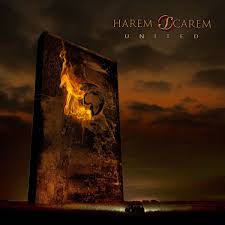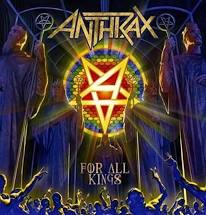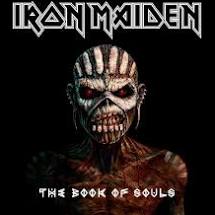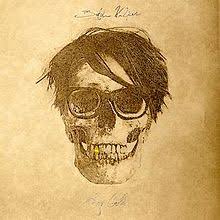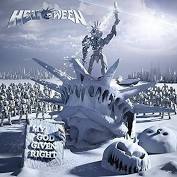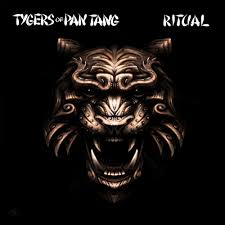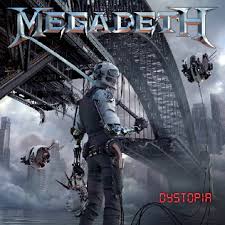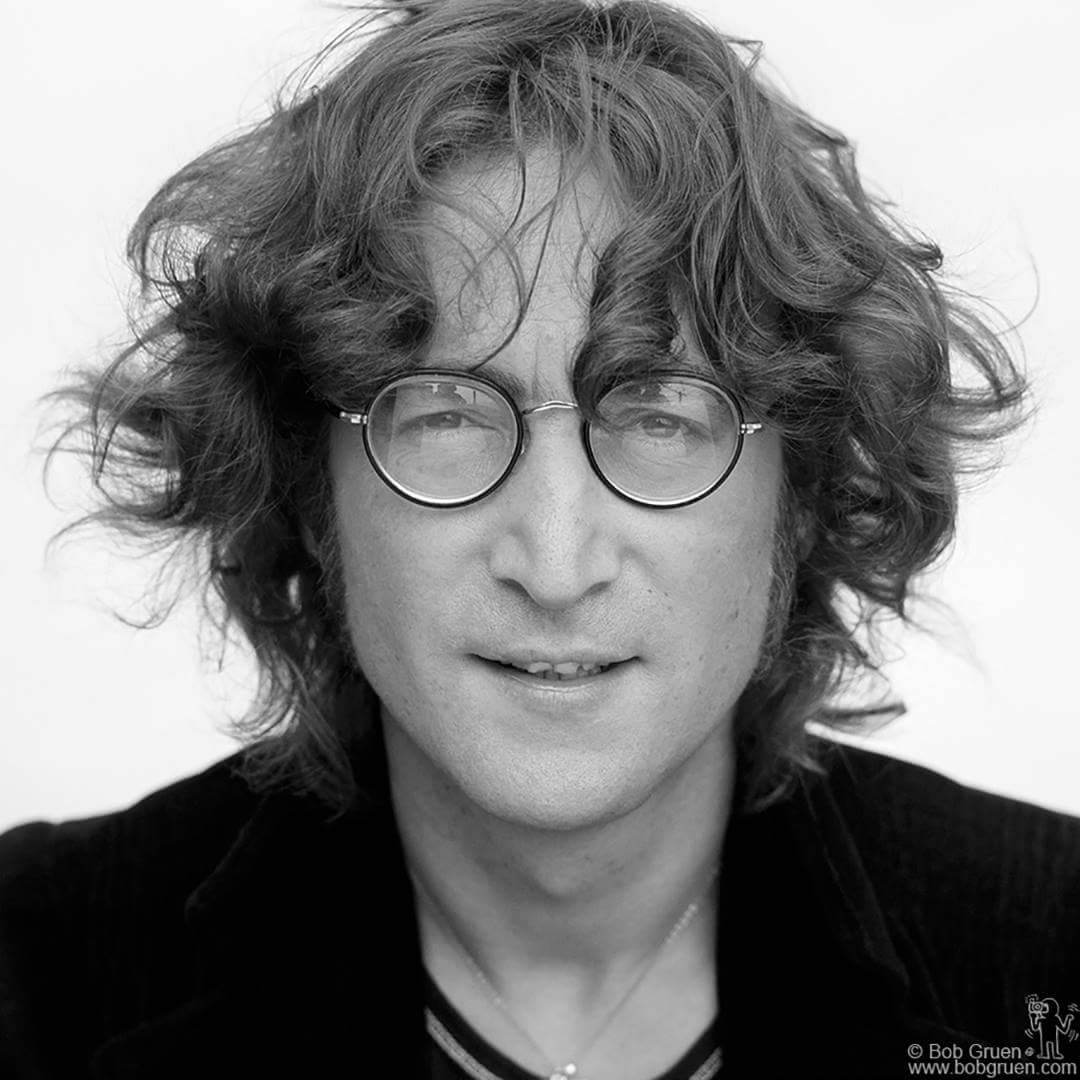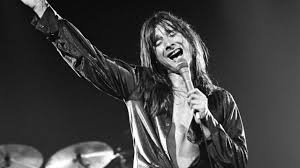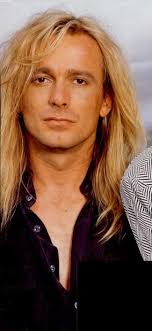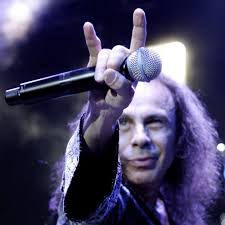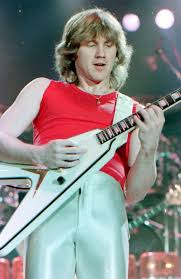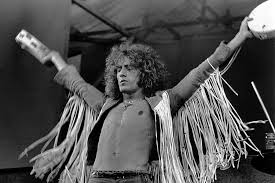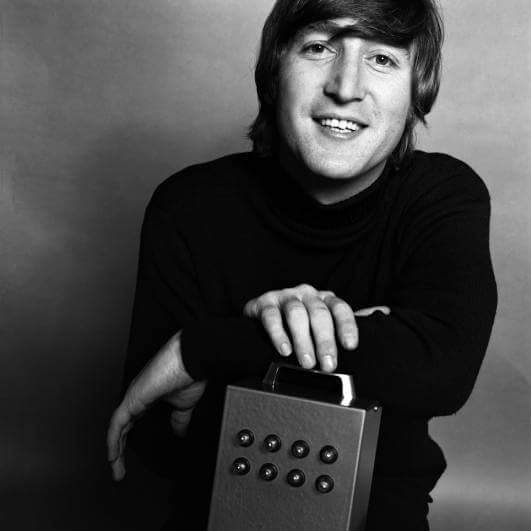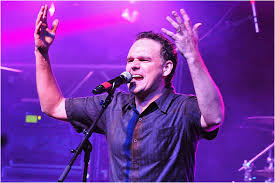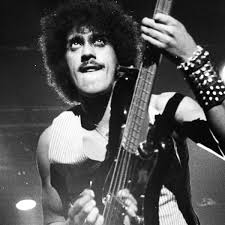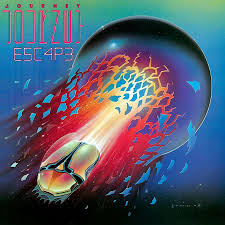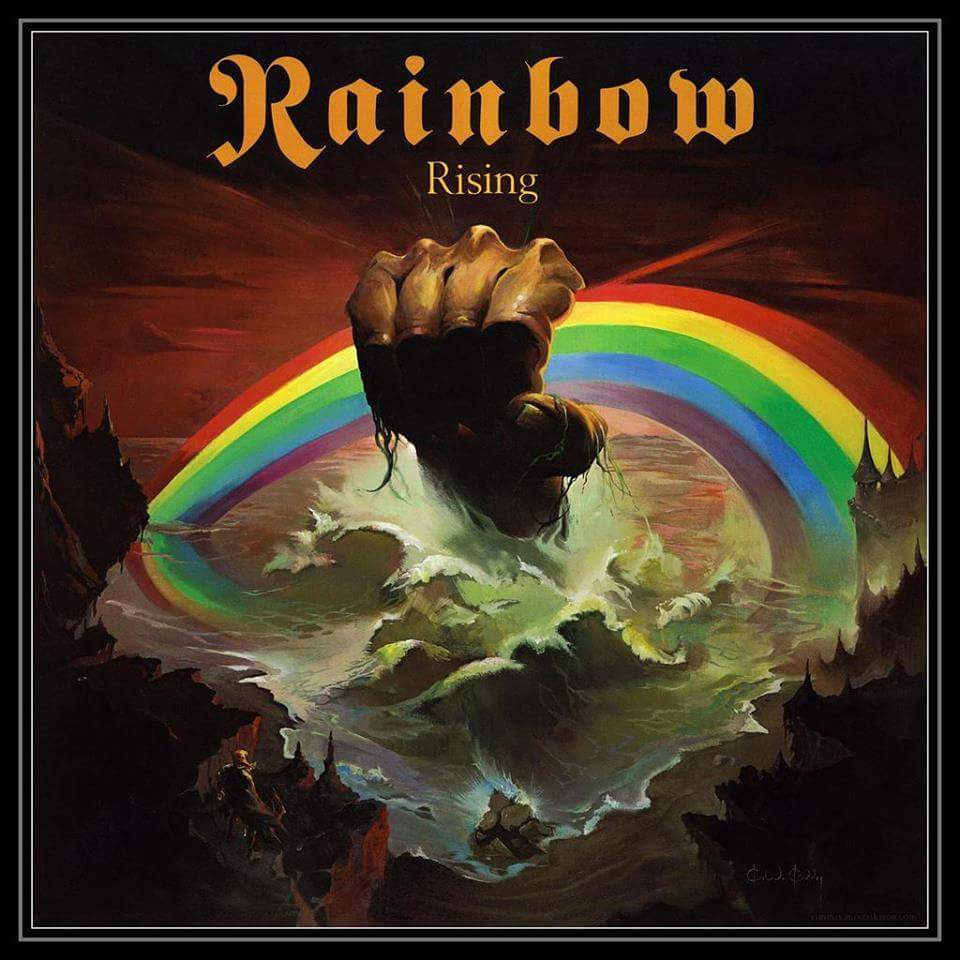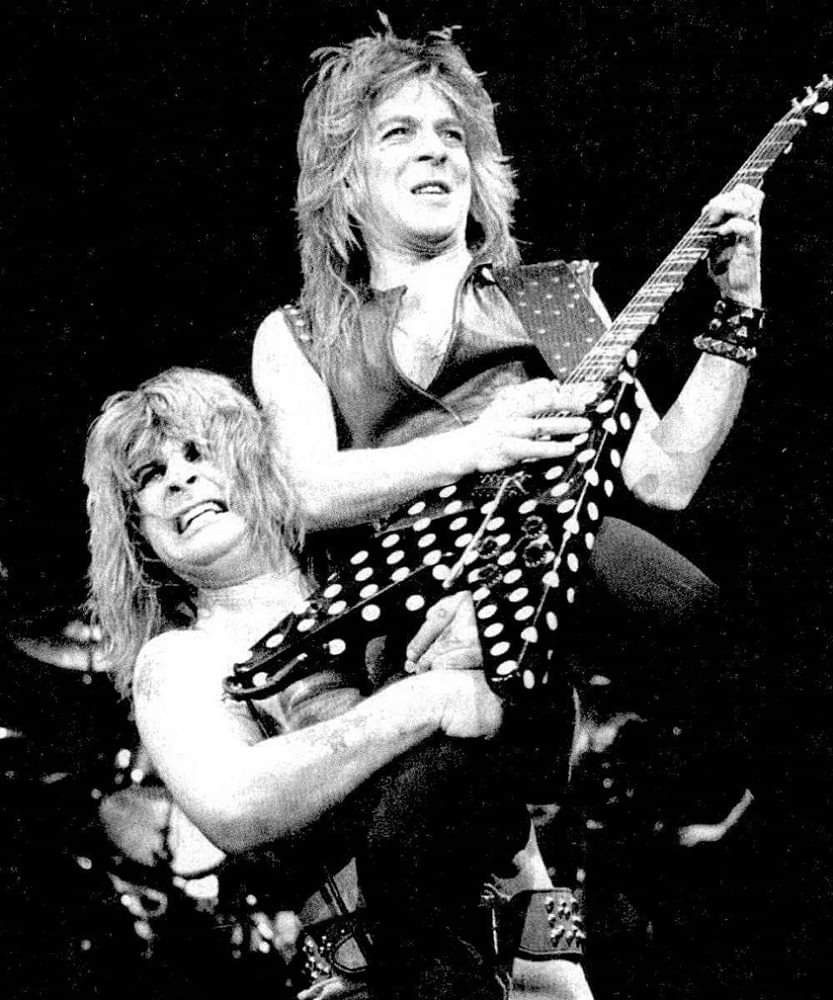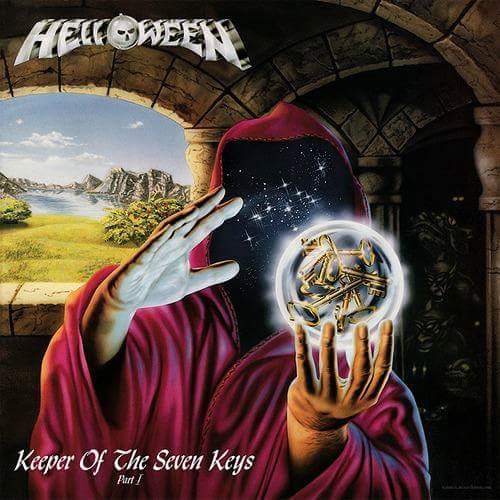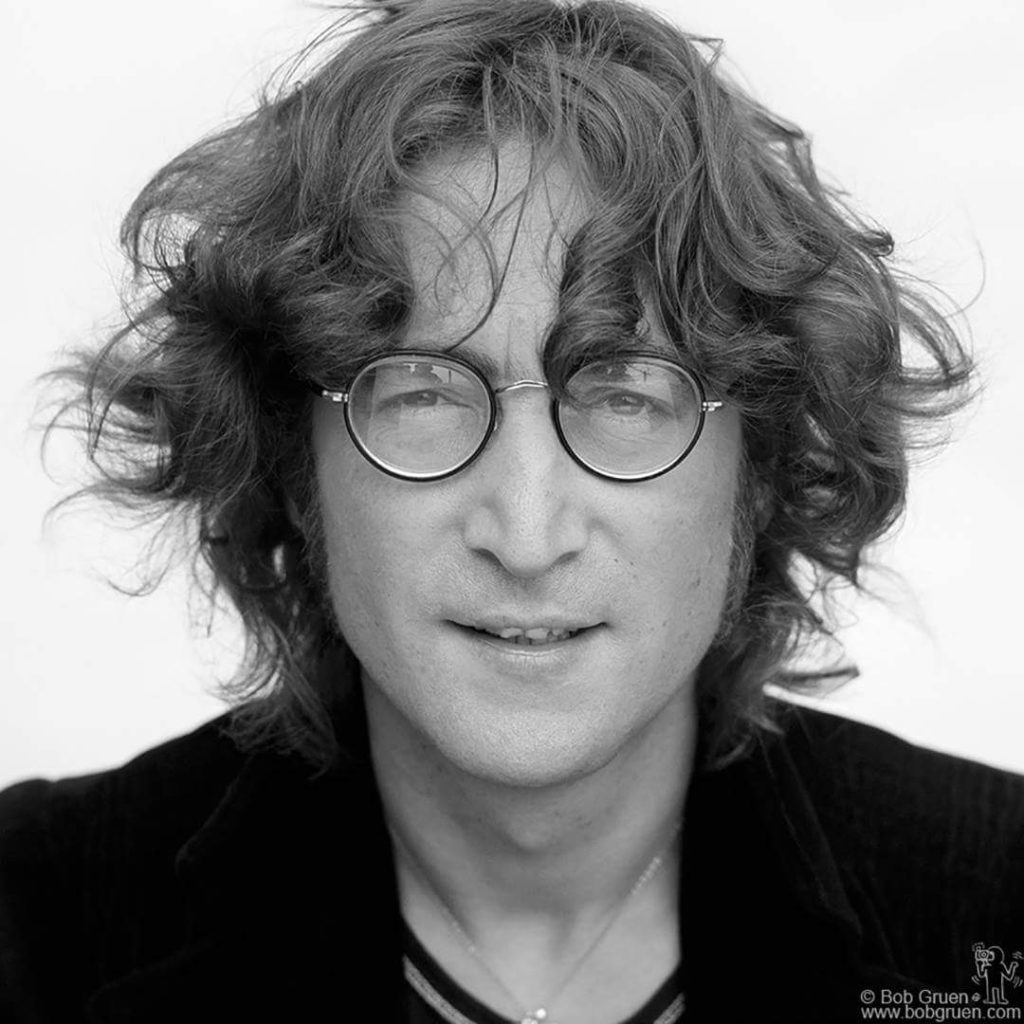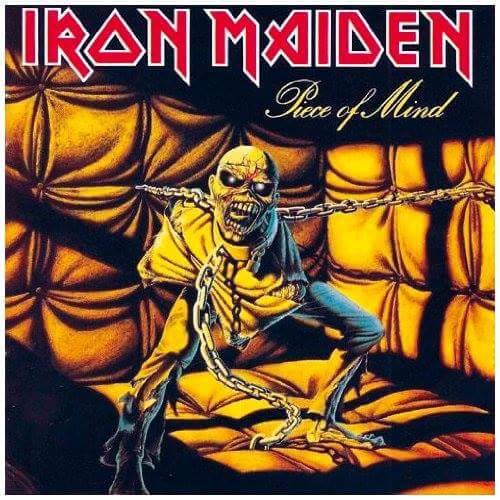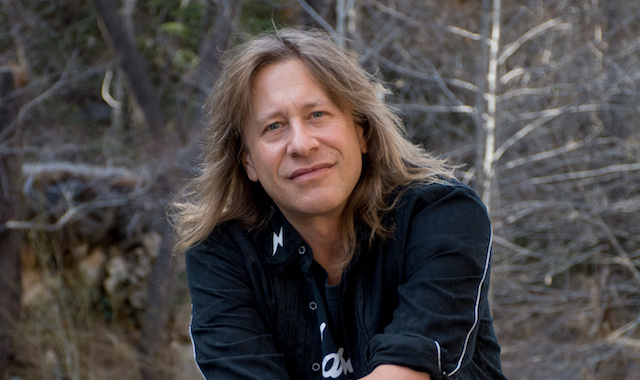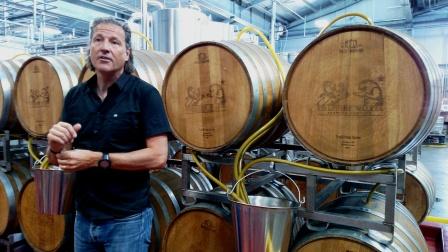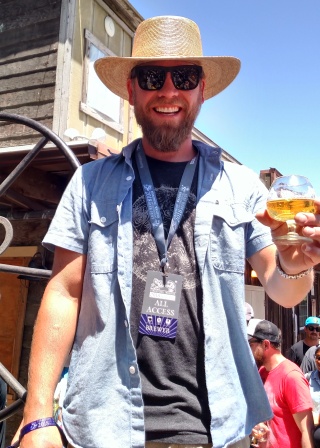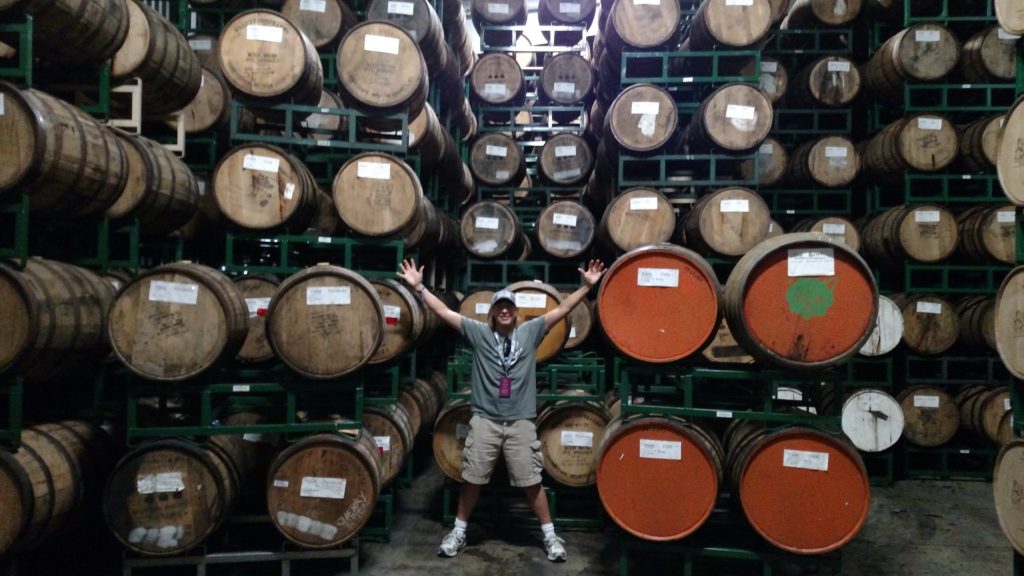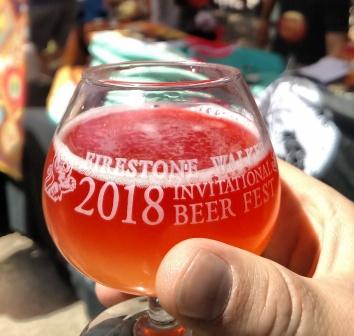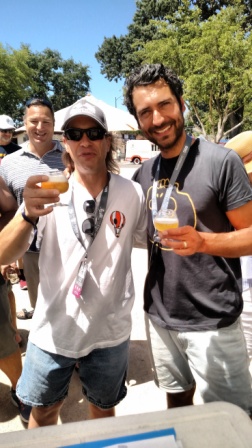In response to the announcement that the Cleveland Indians were going to change their name after a storied 105-year history, this is my letter to the local newspaper, directed at team owners, Larry and Paul Dolan.
Dear Mr. Dolan,
Exactly how many of your season ticket holders are of Native American descent? If the answer is less than 50%, then you are making a huge mistake.
You see, the name Indians, on its own, is not, and cannot be, offensive in any way. Just as the words “whites” or “blacks” are also not inherently racist, neither is the term “Indians.” It is, on its own, nothing more than a noun that identifies a group; it does not pass judgement on that group.
Blue Jays, Orioles and Cardinals identify birds, Rays identify fish, Diamondbacks identify snakes, Red Sox and White Sox identify colors of socks. There is no judgement in any of these things, just as there is no judgment with the word Indians.
If anything, a case could be made against the Cowboys that invaded and took over the Native Americans land. Or the Yankees, who are not necessarily welcome in many homes in the south after they defeated the Confederate Army during the Civil War. And let’s not even approach the double entendre of the Notre Dame Fighting Irish. Are they fighting because they are motivated or are they fighting because they are Irish? In any case, it should not matter because team names are just that – team names. They are not meant to cast judgement on any group or thing.
Interestingly, the Atlanta Braves came out and announced, emphatically, that they would hold tight to their tradition and absolutely, positively would not entertain any possibility of changing its team name. The fan response was amazing and almost uniformly supportive. What’s most interesting is that, with a simple review of the team’s social media page (which can be viewed on Facebook at https://www.facebook.com/246003725592002/posts/1587022814823413/), many Native Americans have weighed in in overwhelming support of keeping the name. Those who have posted speak of the name as a sense of pride.
So if the great majority of fans want to keep the name, and a great majority of Native Americans also support keeping the name, why on Earth would the Dolan’s so easily cave to pressures of a definite minority?
It’s as simple as this. The minority is organized, driven by a specific purpose. The majority has no reason to organize because it already has what it wants. Look at Prohibition. In retrospect, a complete and total failure, to be sure. But at the time, while those who enjoyed their drink relaxed in their local pubs, the opposition organized, created a plan and, without opposition, made their ideals become a reality, albeit for a relatively short period of time.
How can the fans of this great team, full of history, organize to have their voices heard? Fans can start by not buying a single piece of team memorabilia. They can refuse to go to games and stop watching and listening to the broadcasts. At the end of the day, The Cleveland Indians Corporation is a business and the only way to affect a business is to negatively impact the bottom line. Do you want to show your displeasure with the removal of the Indians name and logo? Stop supporting the team until the owners relent or sell!
Remember, although an announcement has been made, the team name is still intact and this deplorable decision can still be reversed. All Mr. Dolan has to do is say, “We’ve received a tremendous of feedback about our impending name change, including having extensive dialogue with members of multiple Native American tribes and after a complete and thorough review, we realize we have may have acted in error and have decided to honor the history and integrity of team by keeping the Indians name, after all.” Just do it, Mr. Dolan, it’s the right thing to do!
I am not of Native American descent, I am a Caucasian. If a professional team was named The Caucasians, I would take no offense whatsoever. As an Indians season ticket holder from 1994 to 2012 when I relocated out of town, I spent thousands of dollars with this team. I have enough Indians jerseys and shirts to wear for a month without repeating. I have dedicated many summer evenings to watching every pitch of almost every game. I have been FULLY INVESTED in this team, in ways no opposition voice could ever be. Had I still been a Cleveland Indians season ticket holder of record today, I would have relinquished those tickets effective with the name change announcement. I encourage others to do the same.
When I would walk by my closet and see my Indians and Chief Wahoo jerseys, they had always been a sense of pride for me. Now when I see them, it makes me angry. How unfortunate that the owners of my beloved team could ruin the team’s proud history and the dedication of its fanbase in order to appease a small minority who do not support the team in any way, regardless of the name!
It’s time to put an end to this ridiculous “cancel culture” once and for all. How many people have a great understanding of the history of the Cleveland Forest Citys, Naps or Spiders? The answer is very few, because once the team goes away, so do the memories that go with it. We have a proud and lasting tradition of 105 years with the name Indians. We have seen the likes of Tris Speaker, Mel Harder, Bob Feller, Rocky Colavito, Frank Robinson and Jim Thome all proudly wear the Indians uniform. Ask yourself this, Mr. Dolan, what would Bob Feller, a true American patriot, think of you changing the name of his beloved team? The Indians are OUR team. We, the fans, have supported the team so your investment in it could quadruple. We simply don’t appreciate you ignoring us and disrupting over one hundred years of history. Do the right thing and keep the name Indians.
This author, Dave Clark, is a lifelong Indians fan, as was his father and grandfather. A former season ticket holder of the Indians from 1994-2012, Dave believes history and tradition should be considered sacred as opposed to the current rash of cancel culture bullshit permeating society like a bad disease.



